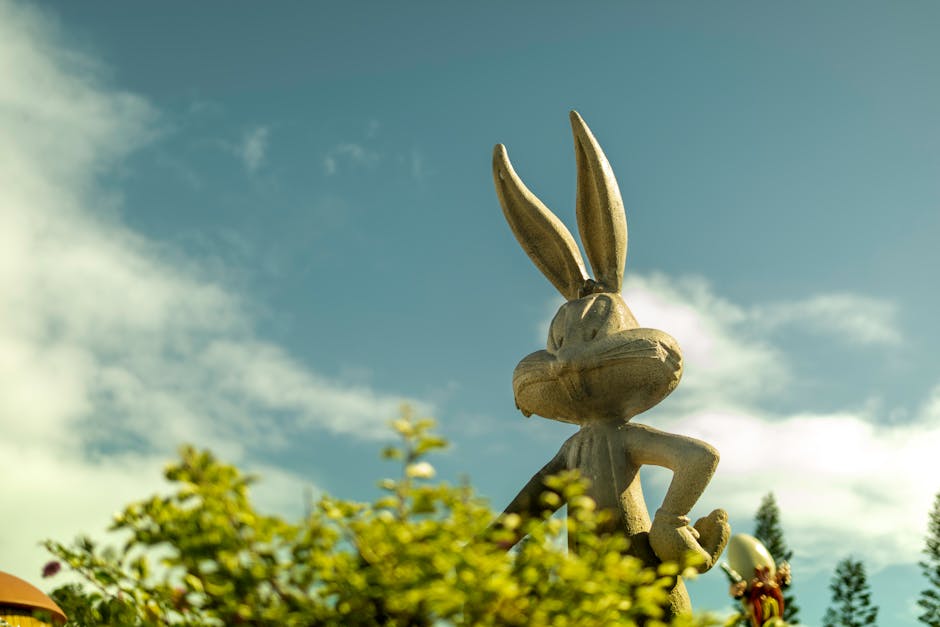⏱️ 4 min read
Did You Know? 12 Secrets from Animated Film Studios
The world of animation is filled with fascinating behind-the-scenes secrets that most viewers never discover. From hidden production techniques to surprising studio traditions, these 12 remarkable facts reveal the incredible artistry and dedication behind our favorite animated films.
1. Hidden Mickey Phenomenon
Disney animators have been secretly incorporating “Hidden Mickeys” into their films since the 1980s. These three-circle silhouettes representing Mickey Mouse’s head and ears appear in countless Disney animations, creating an unofficial treasure hunt for fans. Even non-Disney studios have playfully adopted this tradition, hiding their own studio mascots in scenes.
2. The Pixar Pizza Planet Truck
The infamous Pizza Planet delivery truck from Toy Story has appeared in nearly every Pixar film since 1995, except The Incredibles. This Easter egg has become so iconic that animators specifically design scenes to incorporate the truck, sometimes spending weeks finding creative ways to include it without disrupting the story flow.
3. Voice Acting in Reverse
Many animated films record voice actors first, then animate to match the dialogue. However, some studios, particularly in Japan, create the animation first and have voice actors match their performance to existing footage. This technique, known as “ADR” (Automated Dialogue Replacement), requires exceptional timing from voice actors.
4. The A113 Mystery
The number A113 appears in numerous animated films from various studios. This refers to a classroom at California Institute of the Arts where many famous animators studied. Alumni continue this tradition by incorporating the number into their work, appearing on license plates, door numbers, and other background elements.
5. Color Scripts Revolution
Animated films use “color scripts” – sequential artwork showing the color palette progression throughout the movie. Pixar revolutionized this process by creating digital color scripts, allowing for rapid adjustments and mood testing. A single animated film can have over 1,000 different color variations before the final palette is chosen.
6. The Two-Second Rule
Animation studios follow a principle where no shot should last less than two seconds, as shorter durations can confuse viewers. This rule influenced the development of modern editing techniques in both animated and live-action films, helping establish rhythm in visual storytelling.
7. Reality Reference Library
Major animation studios maintain extensive libraries of real-world reference materials. For instance, during the production of Ratatouille, Pixar animators took cooking classes and studied rat behavior. DreamWorks created an entire horse-riding program for Spirit: Stallion of the Cimarron to understand equine movement.
8. The Expensive Fur Factor
Creating realistic fur in animated films is one of the most computationally expensive processes. In Monsters Inc., Sulley’s fur consisted of 2.3 million individual hairs. Each frame took 12 hours to render, and new software had to be developed just to manage his fur movement.
9. Secret Sound Libraries
Animation studios maintain vast sound effect libraries, with some dating back to the 1920s. Many iconic sound effects are actually combinations of unexpected sources. For example, the roar of a dragon might combine alligator hisses, elephant trumpets, and tiger growls processed through various filters.
10. The Rendering Farm Revolution
Modern animated films require massive computing power. Studios operate “rendering farms” – vast networks of computers working simultaneously. A single frame can take up to 160 hours to render, and a typical animated film contains about 130,000 frames, explaining why these productions take years to complete.
11. The Language of Animation
Animation studios have developed their own specialized vocabulary. Terms like “squash and stretch,” “anticipation,” and “follow-through” are universal principles taught to animators. These 12 basic principles, established by Disney’s “Nine Old Men,” remain fundamental to animation education worldwide.
12. International Collaboration Networks
Major animated films often involve studios from multiple countries working simultaneously. Different teams specialize in specific aspects: one might focus on character animation, another on backgrounds, and others on special effects. This 24-hour production cycle, following the sun across time zones, has become standard practice in modern animation.
Conclusion
These twelve secrets from the animation industry demonstrate the incredible complexity and artistry behind animated films. From hidden references and technical challenges to international collaboration and specialized techniques, animation studios continue to push boundaries and innovate in their quest to create memorable cinematic experiences. Understanding these behind-the-scenes aspects adds another layer of appreciation to these beloved films.


